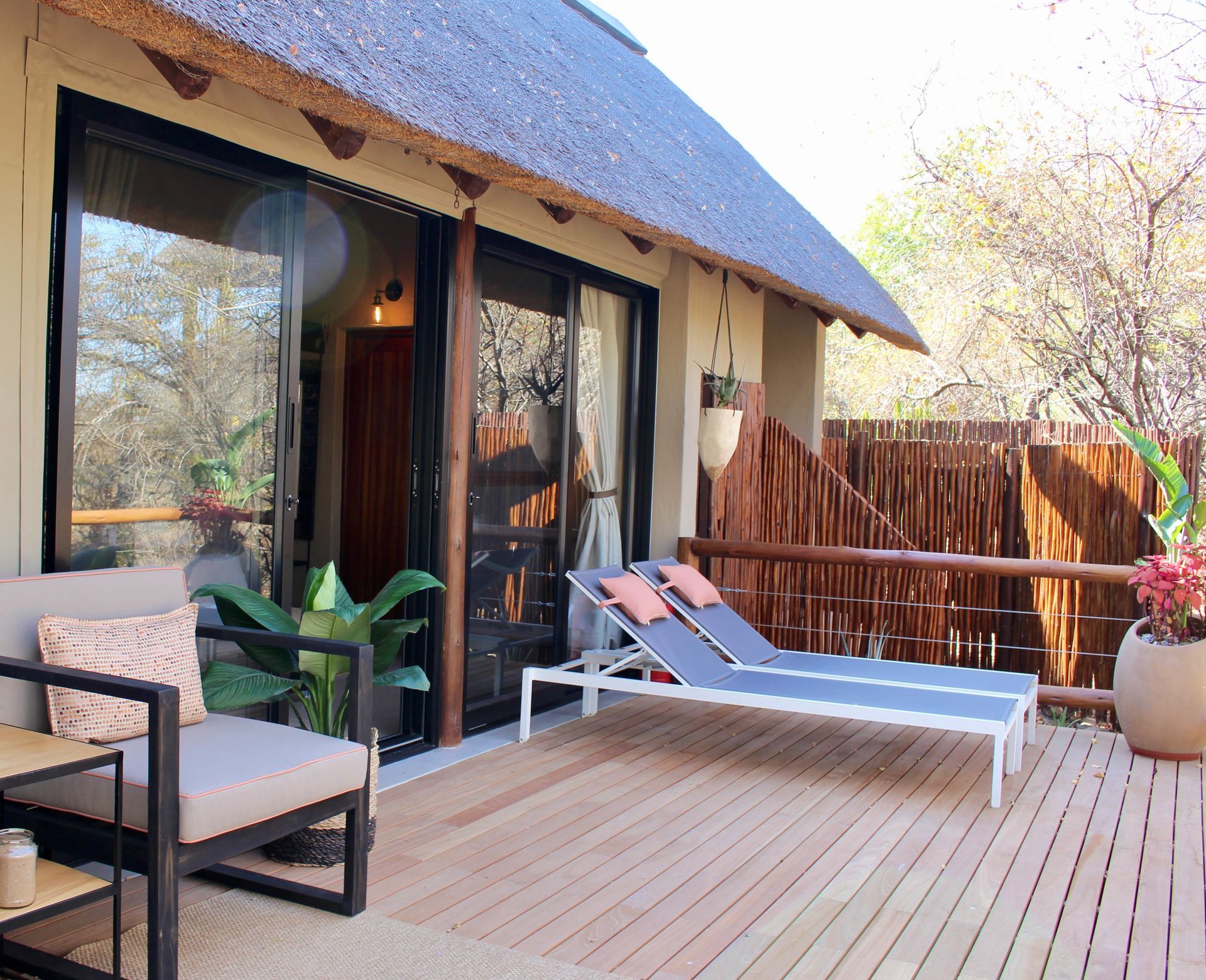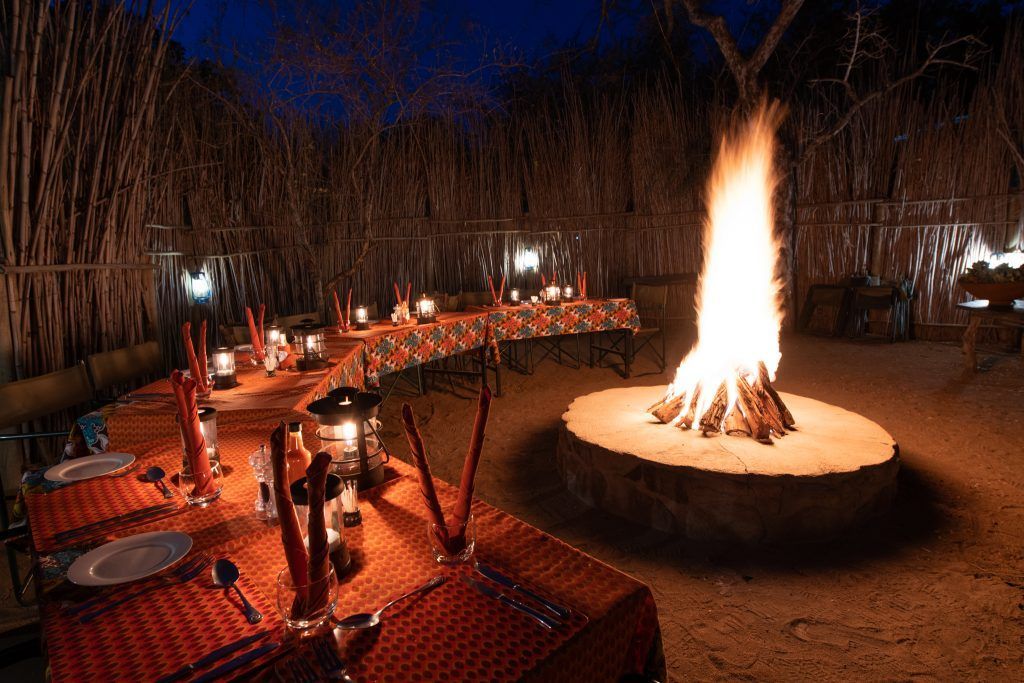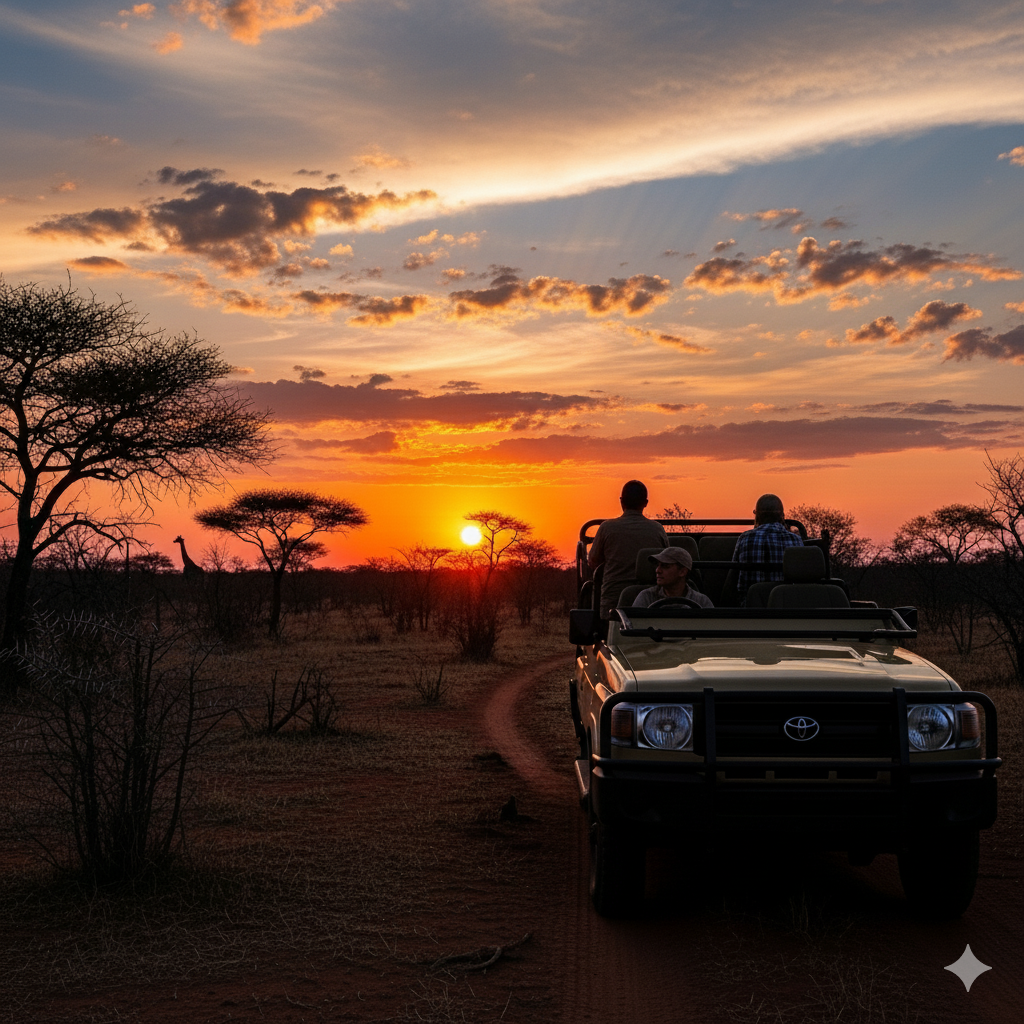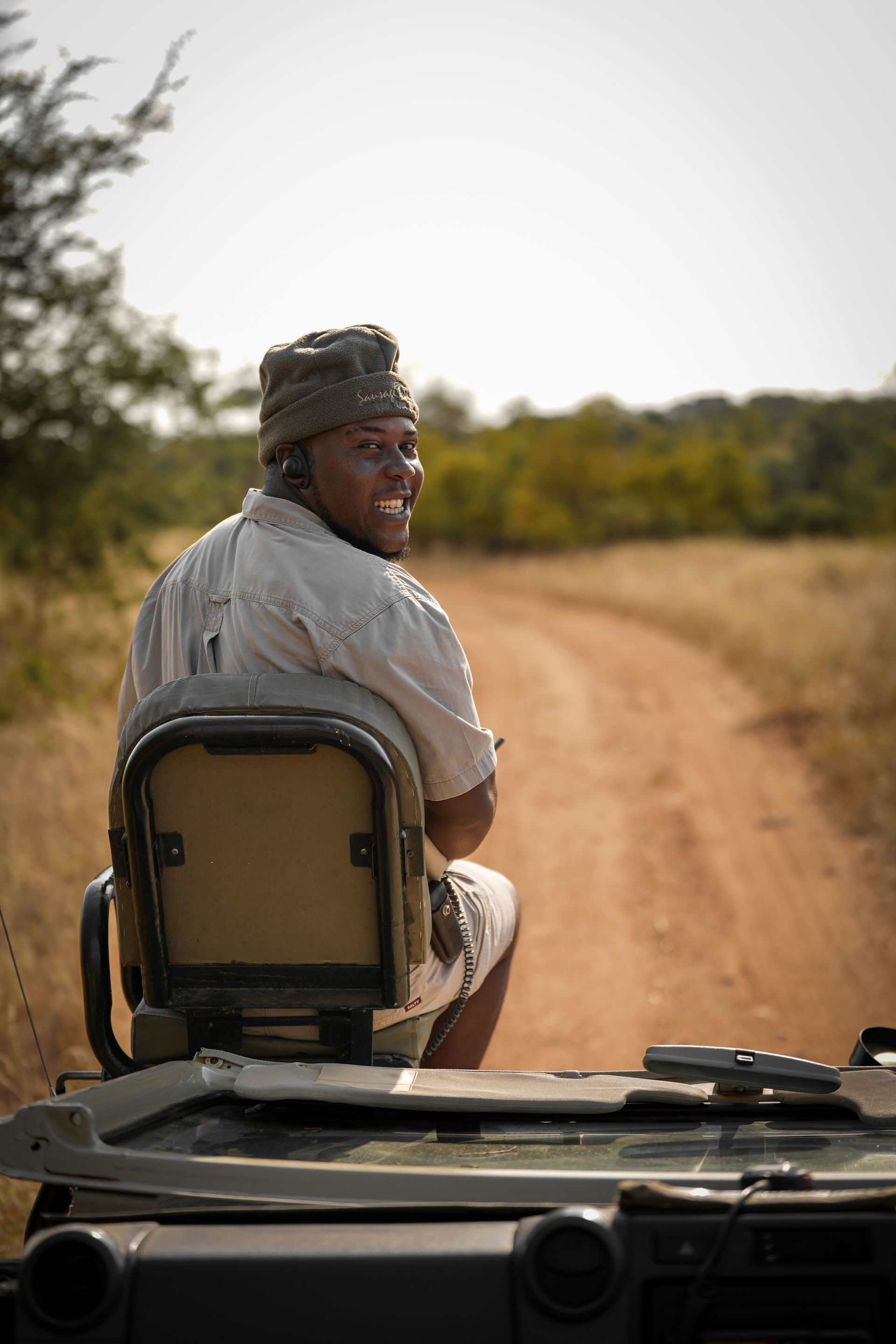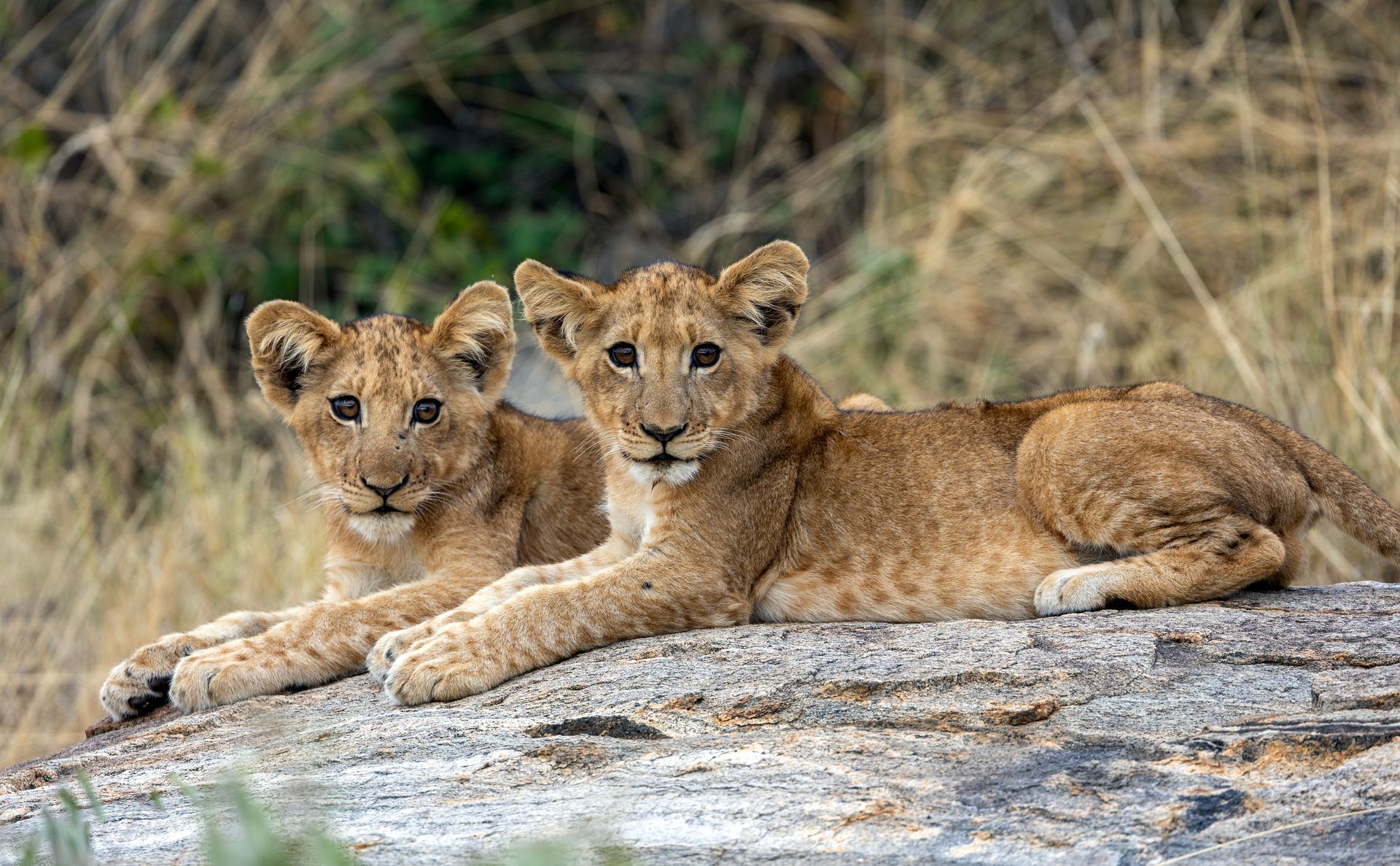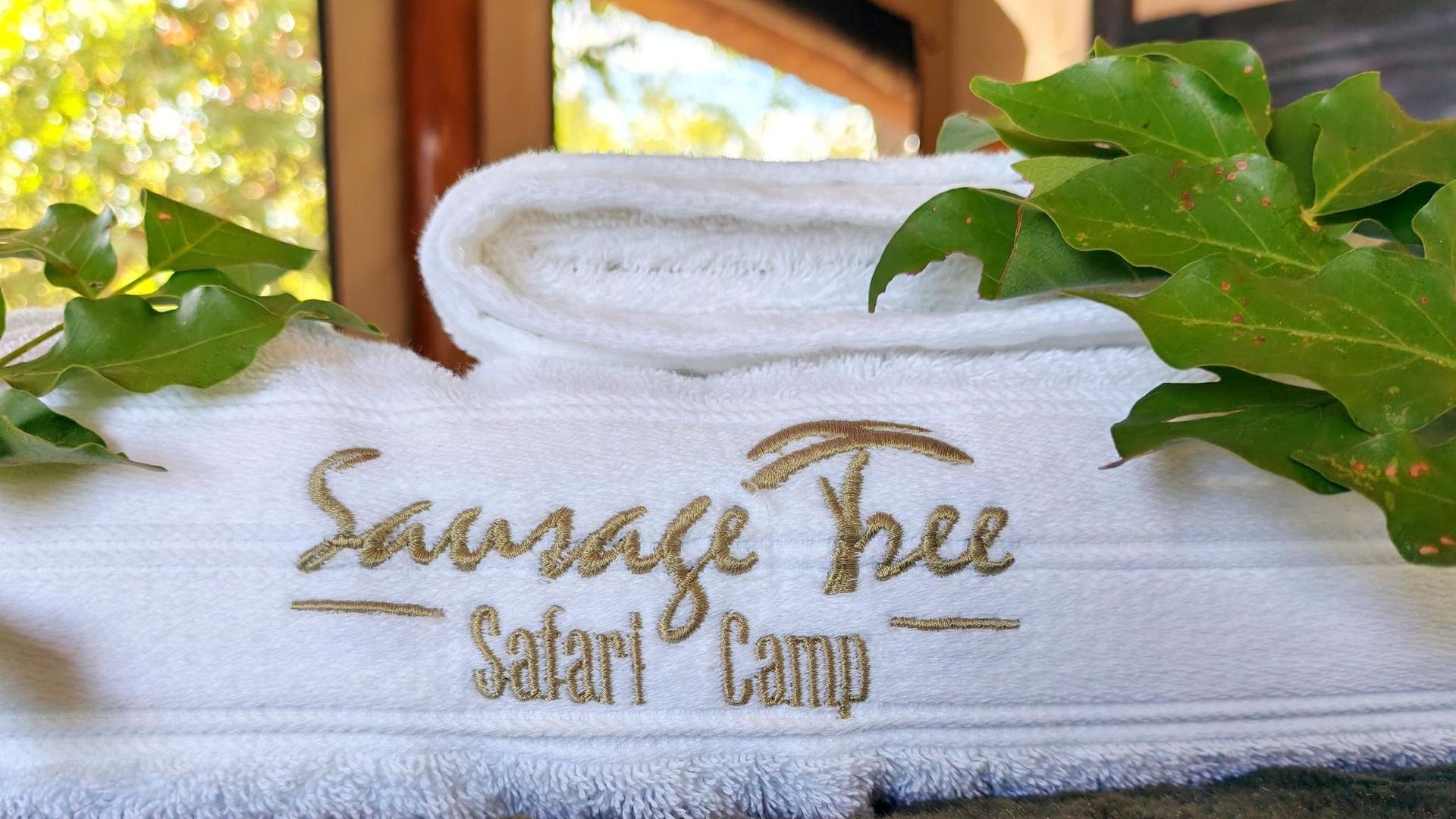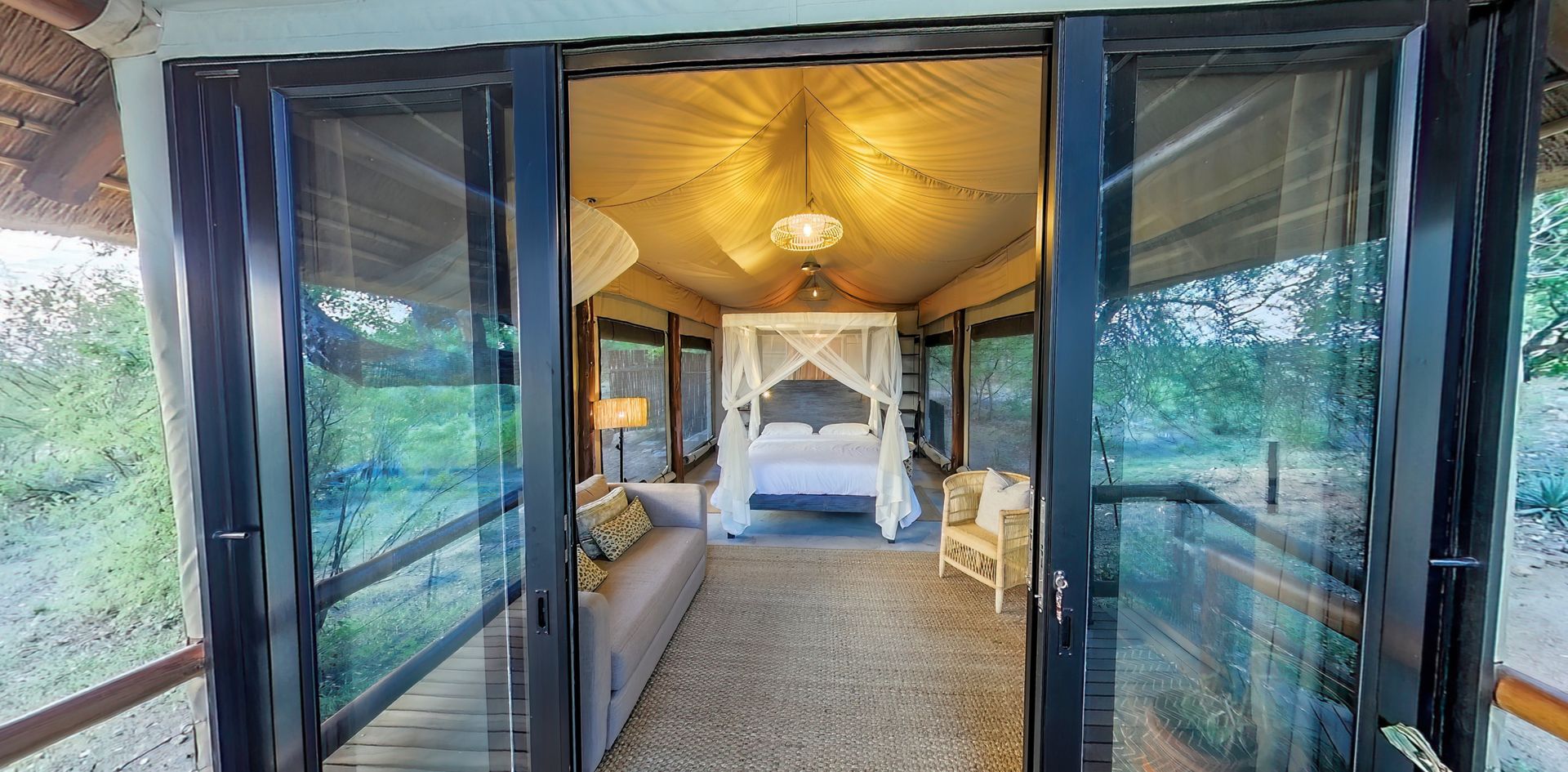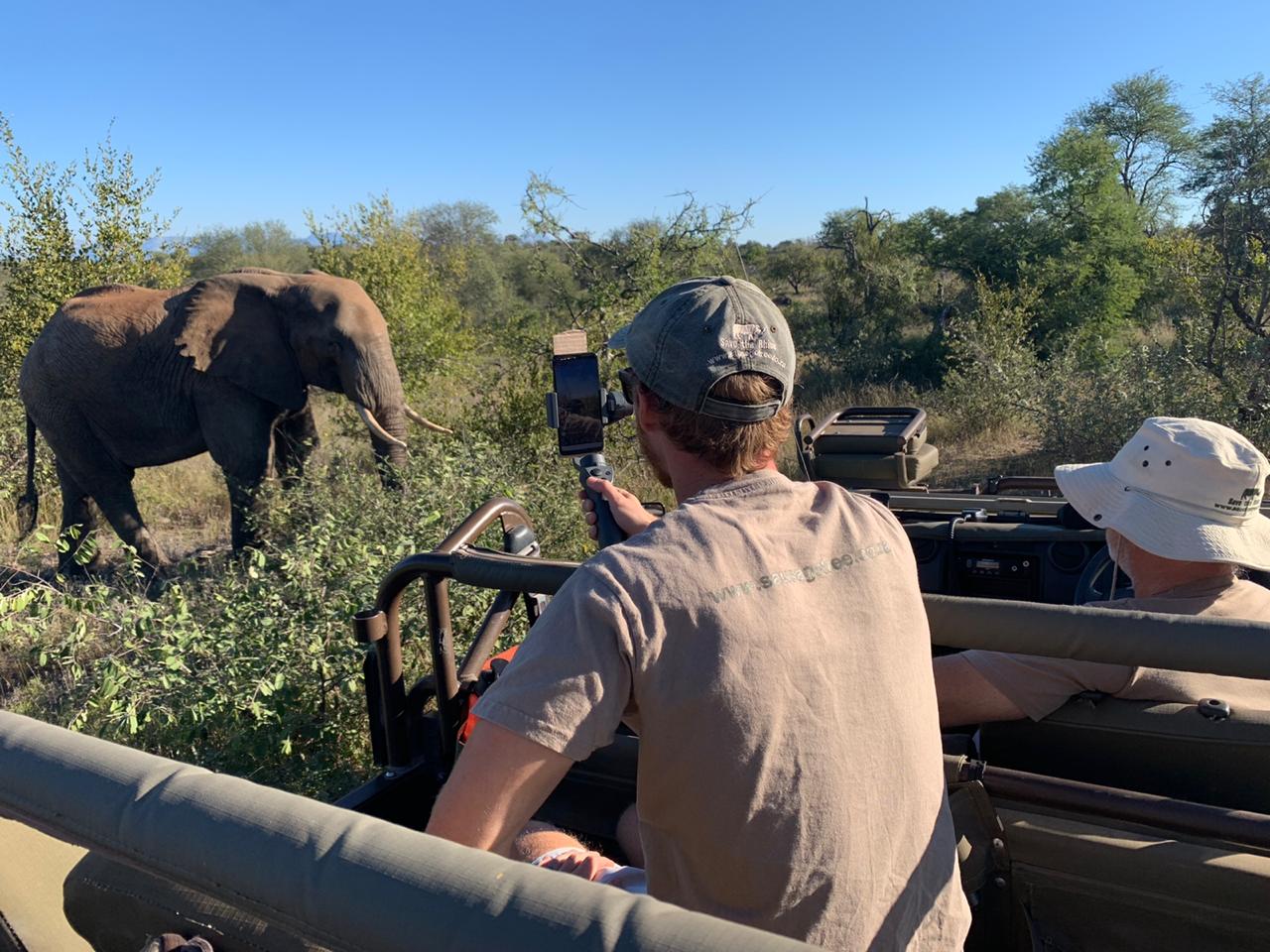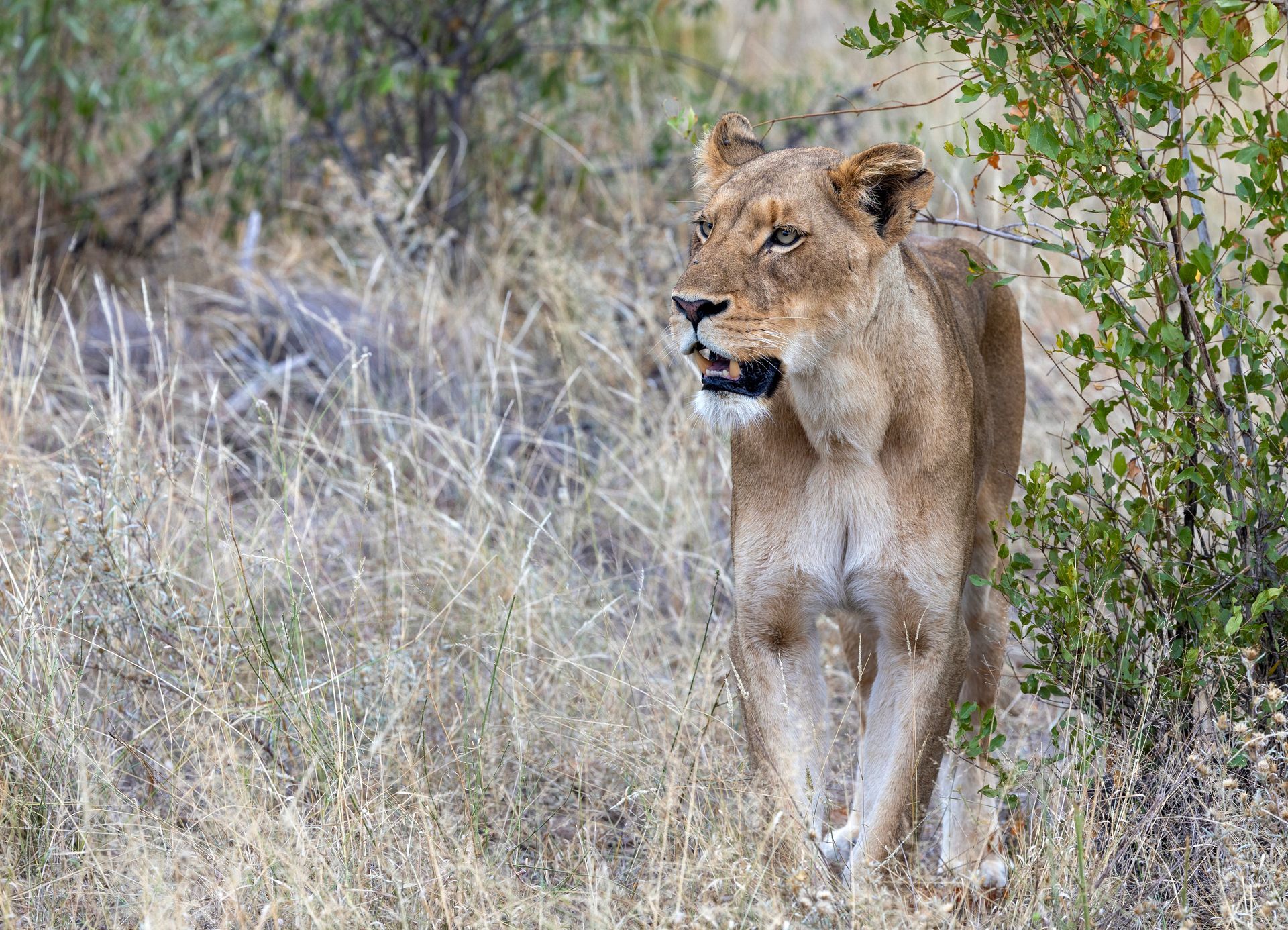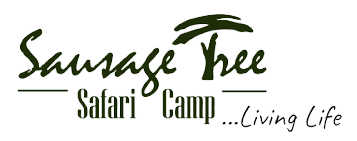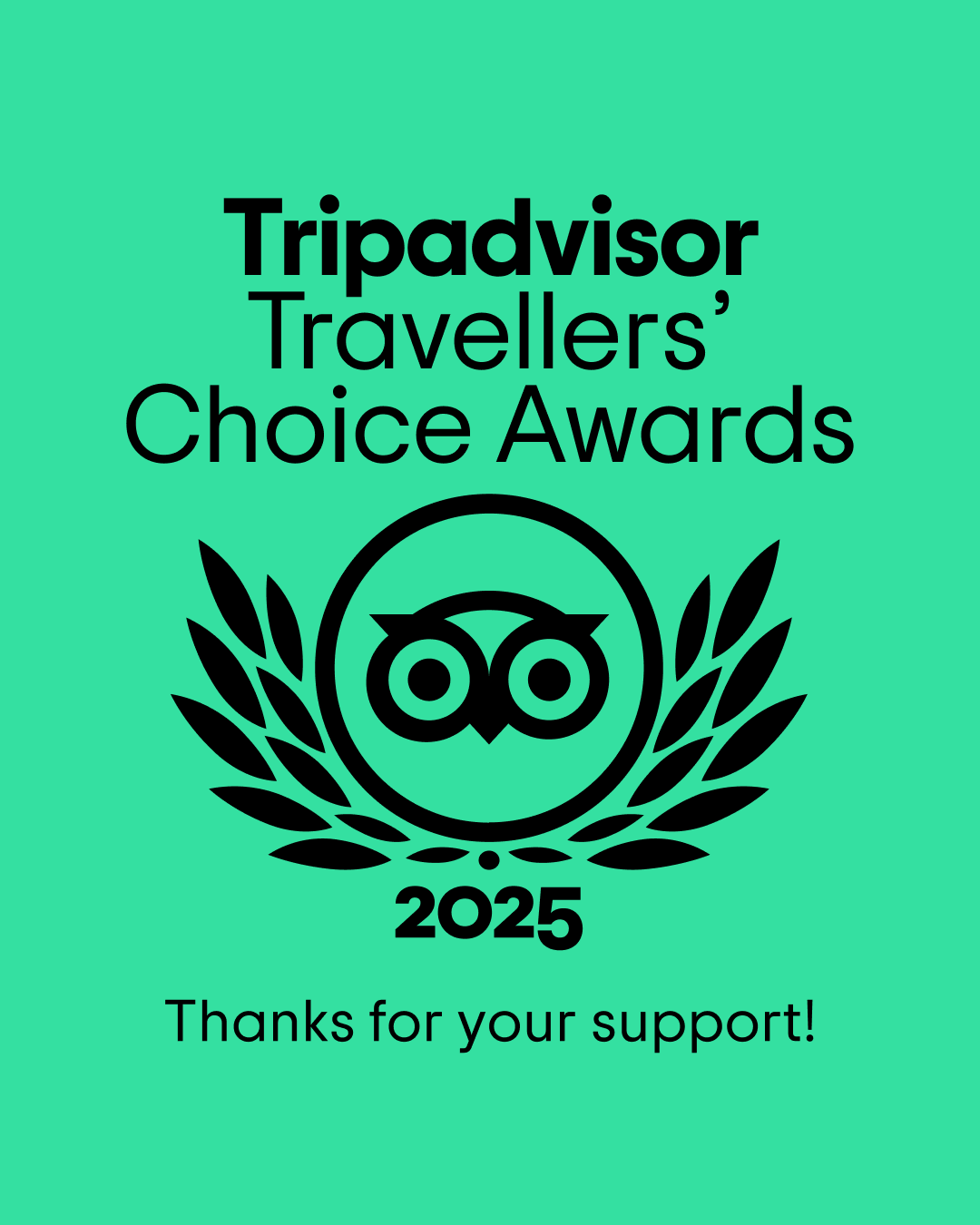The African wild dog -Lycaon Pictus - Painted Wolf
James Carne • July 19, 2021
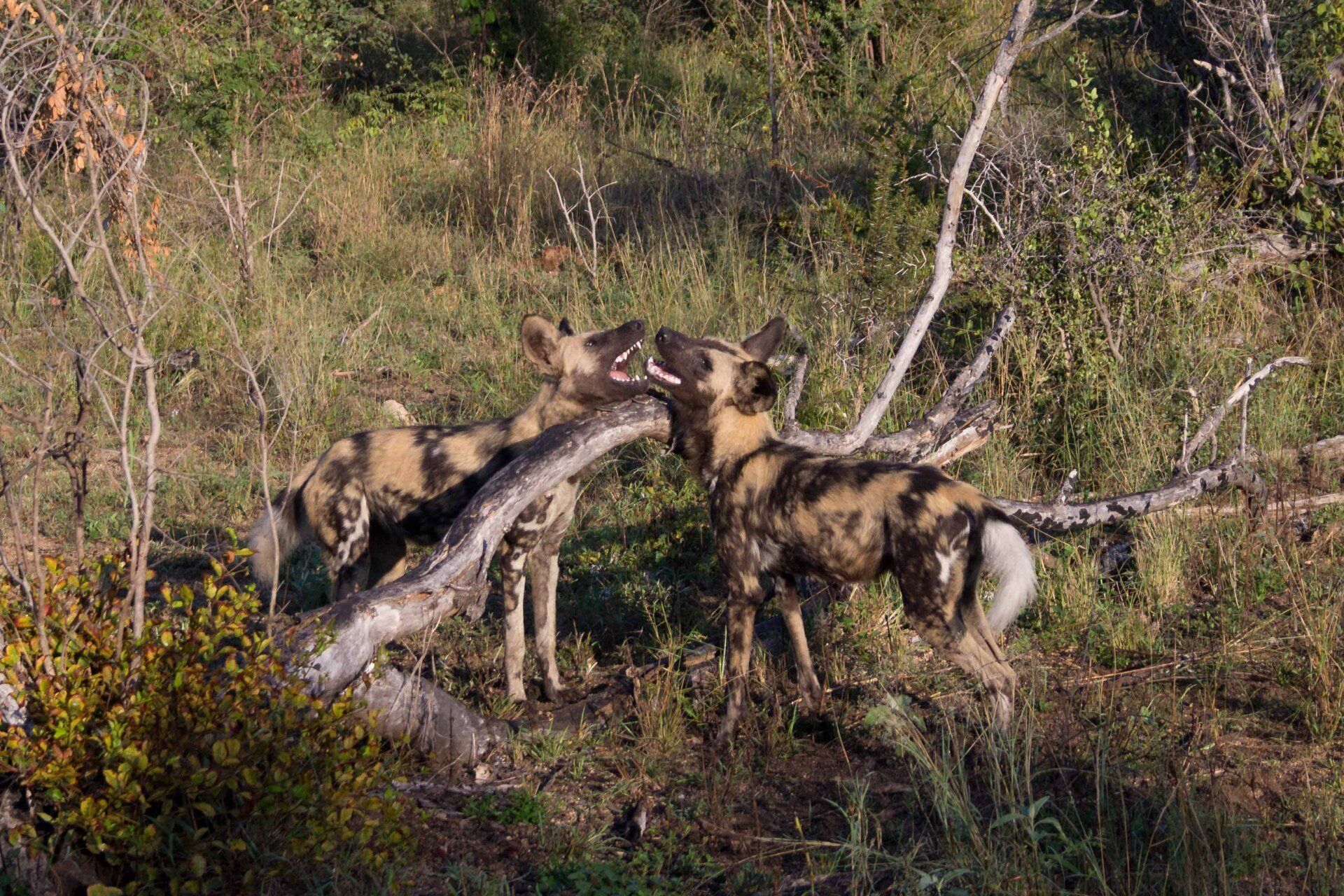
We have been privileged with a lot of African wild dog sightings lately , there being a pack of seven that spend a lot of time around our part of Balule. African Wild dog are seasonal breeders and here the pups are usually born in mid winter after a gestation period of 70 days so they could well be denning somewhere nearby
This prompted us to do some research as to what the current status is of the African wild dog population in South Africa which up until now we understood to be less than 300 and extremely endangered.
It is reported that the main area left in South Africa where African wild dog are to be found are within Kruger National Park and the surrounding areas within the Greater Kruger.
The most recent report we could find published in May this year states that from 2009 the population has increased from 120 individuals to between 300 and 350 today. Thanks to the relocation efforts of the Endangered Wildlife Trust parks have been increasing in smaller provincial protected areas. However we could not find a total number for the population in South Africa.
African Wild dog are natural roamers and will easily cover areas of 500 to 2000km2 . We know from where we are situated near a portion of the Westernmost fence line of the Greater Kruger that they will frequently dig under the boundary fence to access smaller reserve areas to our East . Unfortunately this involves crossing the R40 highway and several wild dogs have been run over and killed over the last ten years we have been here.
Snares set by poachers are another hazard that they are vulnerable to.
Whilst the population gene pool is uncontaminated by domestic dogs , the wild dog are susceptible to distemper and rabies , the latter having decimated a pack of sixteen that frequented the Blue Canyon area.
Reading the accounts in the biography of Harry Wolhuter , first game ranger for the Sabi Game Reserve as of 1902 the first ever protected area for animals in South Africa that was later renamed the Kruger National Park in 1926 , wild dogs abounded and today they are so rare and sought after.
What happened?
Unfortunately the wild dogs became victims of their own hunting success being rated by far the most successful hunters in comparison with the other major species of carnivores. Their method of killing didn’t help their reputation as tearing their prey to pieces is a gruesome spectacle. However the prey goes into shock within a handful of seconds and thereafter feels nothing , bleeds out and dies very quickly. Those of you who have witnessed lion kills know how excruciatingly long they can take to kill their prey sometimes.
They were considered vermin and farmers would shoot or poison them on sight and often receive a reward for doing so. From 1911 to 1934 more than 369,000 pound sterling was spent by the local administration on eradication of predators and wild dog featured highly. This practice was only officially stopped in Kruger National Park in 1931 and in other areas continued to the 1970s. By this time the population had been decimated.
Behind the Ethiopian wolf , the African wild dog is the second most endangered carnivore in Africa having gone extinct in 25 of the 39 countries in which they used to roam. Whilst the Endangered Wildlife Trust has successfully relocated individuals to form a breeding pack in reserves outside of KNP , the options are limited as only reserves greater than 35,000 hectares suffice. Space is an acute ongoing problem as with so many species today.
Their life expectancy is normally around 10 years but in the Kruger area they rarely exceed 5 years and is lower than in the rest of Africa which may may be due to the high density of other stronger predators, notably lion and hyena.
Ironically , they are the only large carnivore that is not dangerous for humans and there is no recorded incident of an African wild dog attacking a human in the wild.
Some other random African wild dog facts :
- Predominantly daytime active cooperative hunters
- Only the alpha male and female do the breeding and the litter size can be 2-21 pups. The rest of the pack support the pup raising and will return to the den and regurgitate meat for them.
- Although they have similar coloration each individual has its unique patten but the muzzle is always black and tail tip is always white.
- Pack size varies from 6 to 50 and averages 12
- Impala averages 90% of their prey in Kruger area
- Food intake to weight is very high averaging 2 to 4kgs per day as they have a very high metabolism able to sprint at 60 to 70 km/h for 2kms and run at 48 km/h for over 5kms.
- Unlike most sociable mammals , males remain in the pack and the females emigrate. The ratio of males to female is much higher than in other mammalian social groups.
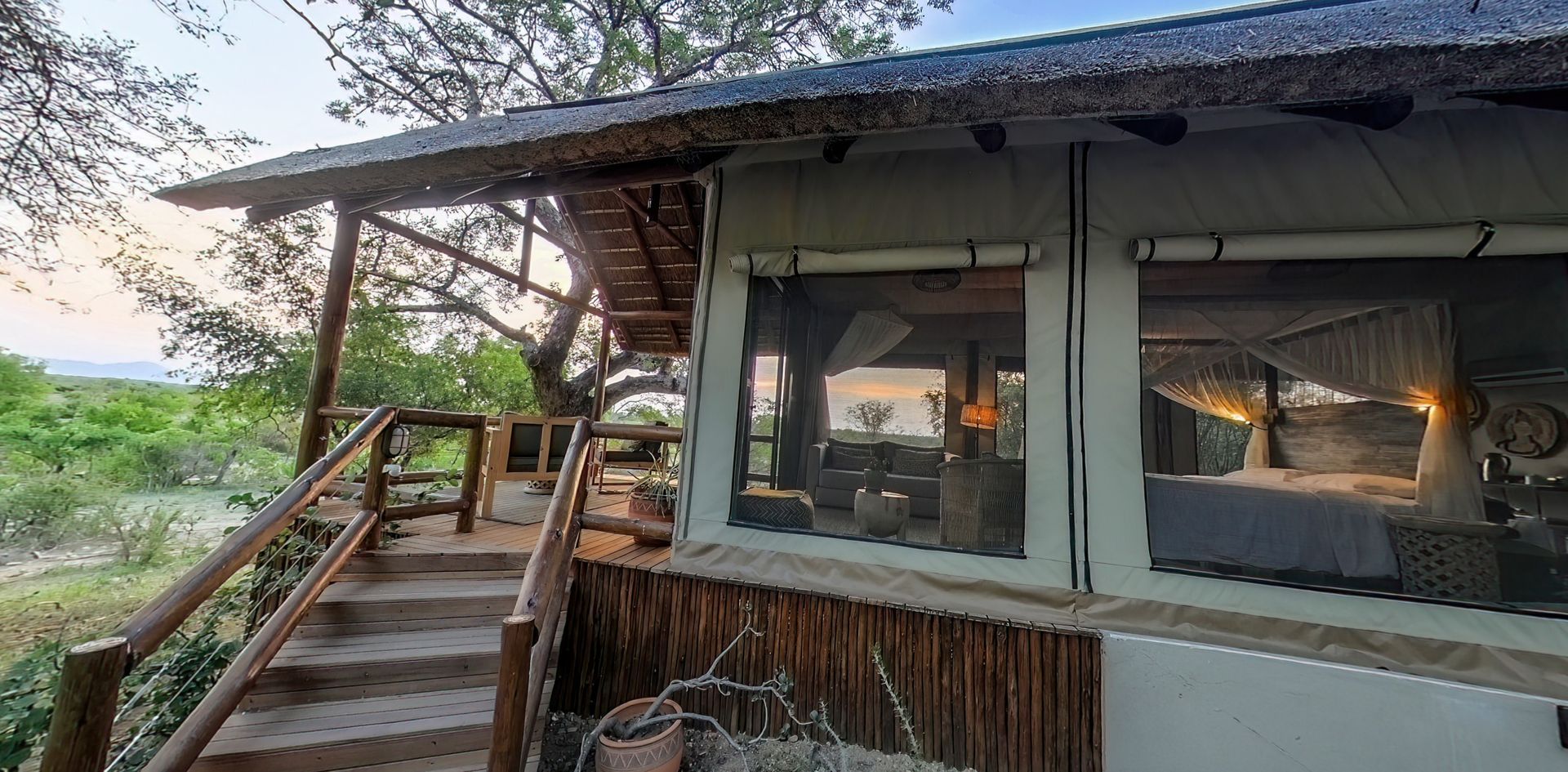
Kruger Tented Safaris: Unforgettable Luxury & Immersive Bush Experiences Are you ready to embark on an unforgettable adventure in the heart of the African bush? Discover luxury tented safari packages in Kruger National Park and experience the ultimate immersion in nature, combined with the comforts of luxury accommodations. Overview of Tented Safari Packages in Kruger National Park Sausage Tree Safari Camp offers a variety of tented safari packages, catering to different preferences and durations. Whether you're seeking a 3-day adventurer getaway, a 4-day exploration, or a nature discovery and luxury tented safari, there's an option to suit every adventurer. 3 Day Adventurer Getaway Embark on a thrilling 3-day adventure that includes an immersive itinerary, travel details, and exhilarating game drives. Get ready to witness the wonders of the African wilderness up close. 4 Day Explore Kruger For those seeking an extended exploration, the 4-day safari offers unique wildlife encounters and an in-depth experience of the diverse landscapes within the greater Kruger National Park. 3 Day Nature Discovery & Luxury Tented Safari Indulge in a mix of comfortable luxury and nature immersion with a 3-day safari that promises a truly unforgettable experience. Day-by-Day Itinerary and Safari Highlights Each day of your safari promises new adventures, from game drives to experiential moments within the park. Immerse yourself in the beauty of the African bush and witness the incredible wildlife that calls Kruger National Park home. What’s Included & Not Included Our tented safari packages come with a range of amenities and services to ensure a comfortable and memorable experience. From luxury accommodations to guided game drives, we have everything covered to make your safari unforgettable. Exclusive Tented Camp Experiences Explore the unique features of our exclusive tented camp by booking the whole camp, with only 5 tented suites we can offer an unrivalled safari experience exclusively for your group. Why Choose a Tented Safari? Discover the benefits of choosing a tented safari, from immersion in nature and luxury comforts to sustainable practices and flexible itineraries. Experience the African bush in a way that's both authentic and luxurious. Booking Your Kruger Tented Safari Ready to embark on your adventure? Our clear CTAs and detailed booking process will guide you through planning the perfect safari, ensuring a seamless and stress-free experience. Frequently Asked Questions Is Kruger the best safari? The greater Kruger National Park offers diverse wildlife, expansive landscapes, and a range of accommodation options, making it an excellent choice for a classic African safari experience. How many days safari Kruger? Ideal safari durations range from 3-4 days for first-timers, 5-7 days for a comprehensive experience, and 8+ days for deep immersion and dedicated wildlife tracking.

